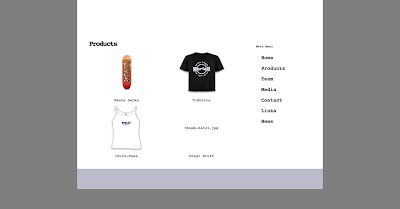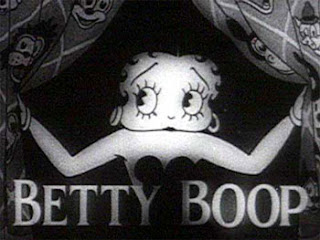| The standing question, and Abraxis’s right to pursue its claims, was dependent upon whether a series of contracts purporting to transfer the patents were effective to vest title to those patents in Abraxis before it filed suit. It is undisputed that the parties intended that the contracts be governed by New York law. Interpreting the contracts under New York law, the district court found that a subset of those agreements, all of which were executed before filing, did operate to vest title in Abraxis before it brought suit. |
But the Court of Appeals reversed, applying the law of the Federal Circuit and holding that under its jurisprudence the patents had not been assigned before suit was filed. Judge Newman dissented: “It’s clear that the parties to this transaction fully intended to, and by their language thought they had, transferred the ownership of the patents.”
Abraxis filed a motion for rehearing and rehearing en banc but was unsuccessful Judge Gajarsa in concurrence summarized the reasoning:
| The analysis is simple. The panel, following Federal Circuit law, concluded that a party has no standing under Article III to bring an action if it does not own the patents when it files the action. 35 U.S.C. § 261 requires assignments to be in writing. In this case, Abraxis did not possess a written assignment of the patents-in-suit from the owner thereof at the time suit was filed.
The position advocated by the dissent would apply state law to effectively preempt federal law. When Congress has adopted a statutory scheme to apply in a particular field, federal law preempts state law. |
Newly-minted appeals court Judge Kathleen O’Malley, joined by Judge Newman, dissented.
| The consequences of this decision are not slight. This creation of a new body of law to govern transfers of patent rights – one applicable in this Circuit only – will disrupt substantial expectations with respect to the ownership of existing patents and impose unnecessary burdens on future transfers thereof. Parties may now be barred from pursuing claims for infringement of patents they indisputably own under state law, and choice of law provisions in large-scale asset purchase agreements such as that at issue here will become meaningless where patents are involved. |
I was troubled by the first decision in this case because there was never an intention to play shell games with the patents, but rather the assignment of the patents was one part of a larger transaction executed in multiple documents and stages. I agree with Judge O’Malley that this case will unnecessarily hamstring parties in how they structure a transaction. Judge O’Malley describes the problem best:
| Patent assignments, like the one in this case, occur in the context of large scale business transactions where the parties negotiate over, and depend upon, their choice of law provisions. These provisions allow parties to anticipate how a court would interpret their agreement and to draft agreements so that a court’s interpretation of it most likely will conform to the parties’ intentions. This is precisely what AZ-UK and Abraxis sought to do by including a New York choice of law provision in their agreements. The parties’ master agreement, moreover, contained an effective date provision, a tool widely used in IP transfer agreements, where the parties form an agreement in principle, subject to additional due diligence before finalizing the transfer of rights. It is undisputed that, under New York law, parties to a written transaction may use such provisions to retroactively make a contract effective as of an earlier date. Finding that the parties intended to give an earlier effective date to various agreements transferring the asserted patents, the district court found that the “relevant documents, taken as a whole, effectively transferred the rights in the patent to Abraxis” before it filed suit. Without any superseding policy justification, the panel majority ignored the state law chosen by the parties and made no effort to scrutinize the parties’ intent or the effectiveness of the agreements under that law.
By disregarding the express intent of the parties that New York law apply, the panel’s decision disrupts intellectual property transfers that rest on the expectation that the law jointly chosen by the parties will apply to both patent and non-patent assets. As a consequence, parties may lose standing to bring infringement actions with respect to patents that they indisputably own under state law. |
I want to make one practice pointer, too. Judge O’Malley commented that the court had “confus[ed] the law relating to the retroactive transfer of title with principles prohibiting retroactive conferral of standing.” Judge O’Malley doesn’t mention them specifically, but one example of a transfer of title in order to confer standing is the nunc pro tunc assignment executed post-filing. That was not the situation here. Here, there was a transaction well before suit was filed and the question was whether the documents effected the transfer claimed. A nunc pro tunc assignment is instead a transfer that comes into existence later in time but with an earlier effective date. A nunc pro tunc assignment executed after suit is filed can’t cure a standing problem because the transfer couldn’t have happened until the document was signed, even though the effective date is earlier.
Abraxis Bioscience, Inc. v. Navinta, LLC, No. 2009-1539 (Fed. Cir. Mar. 21, 2011) (denying rehearing and rehearing en banc).
Patently-O post here.

The text of this work is licensed under a Creative Commons Attribution-No Derivative Works 3.0 United States License.





